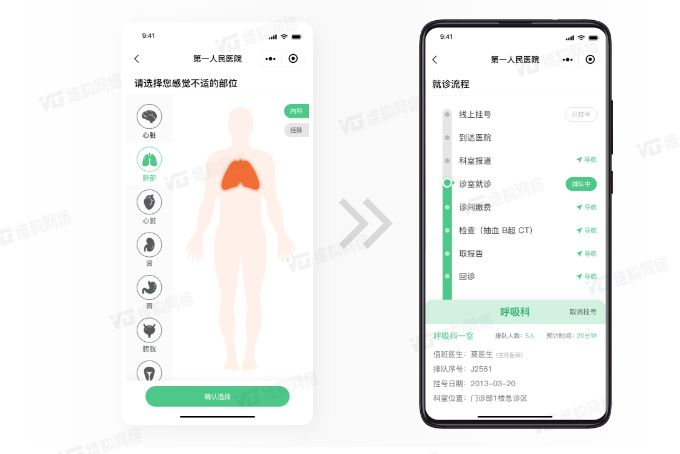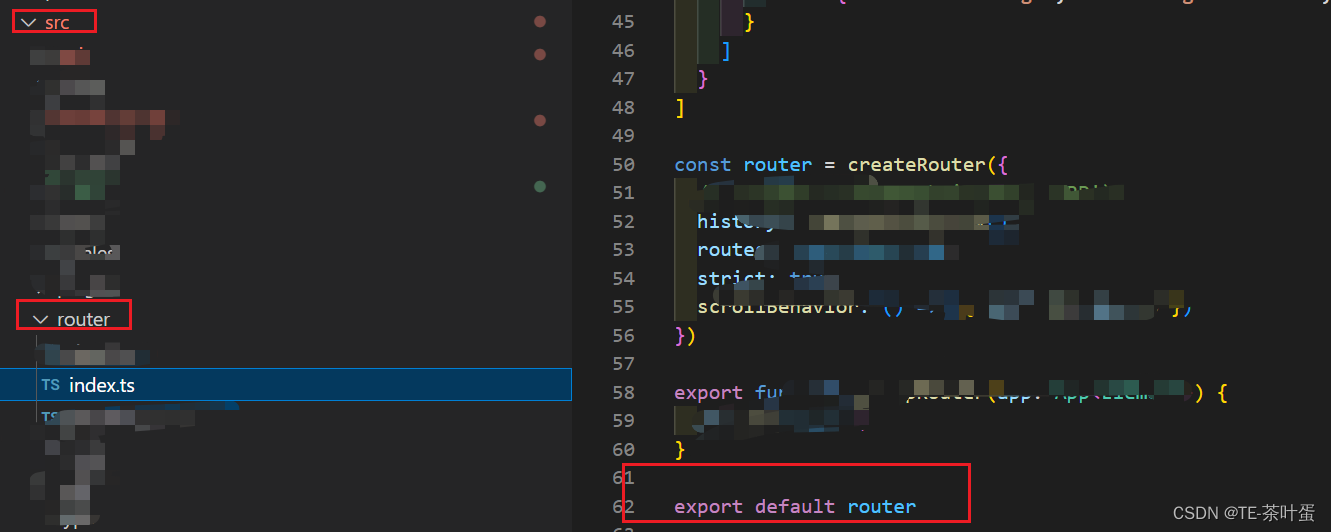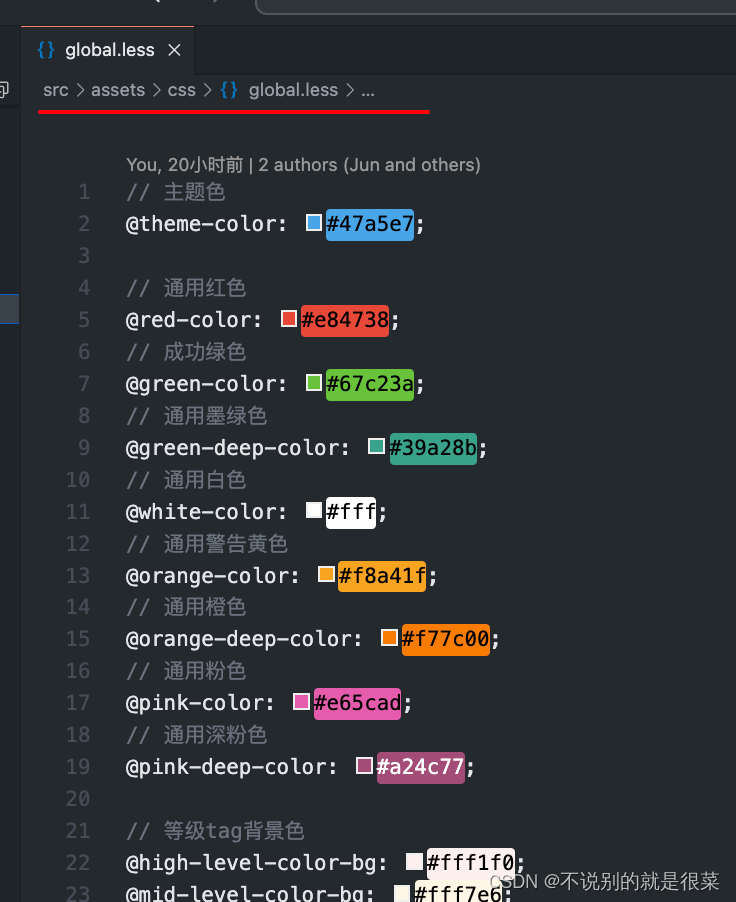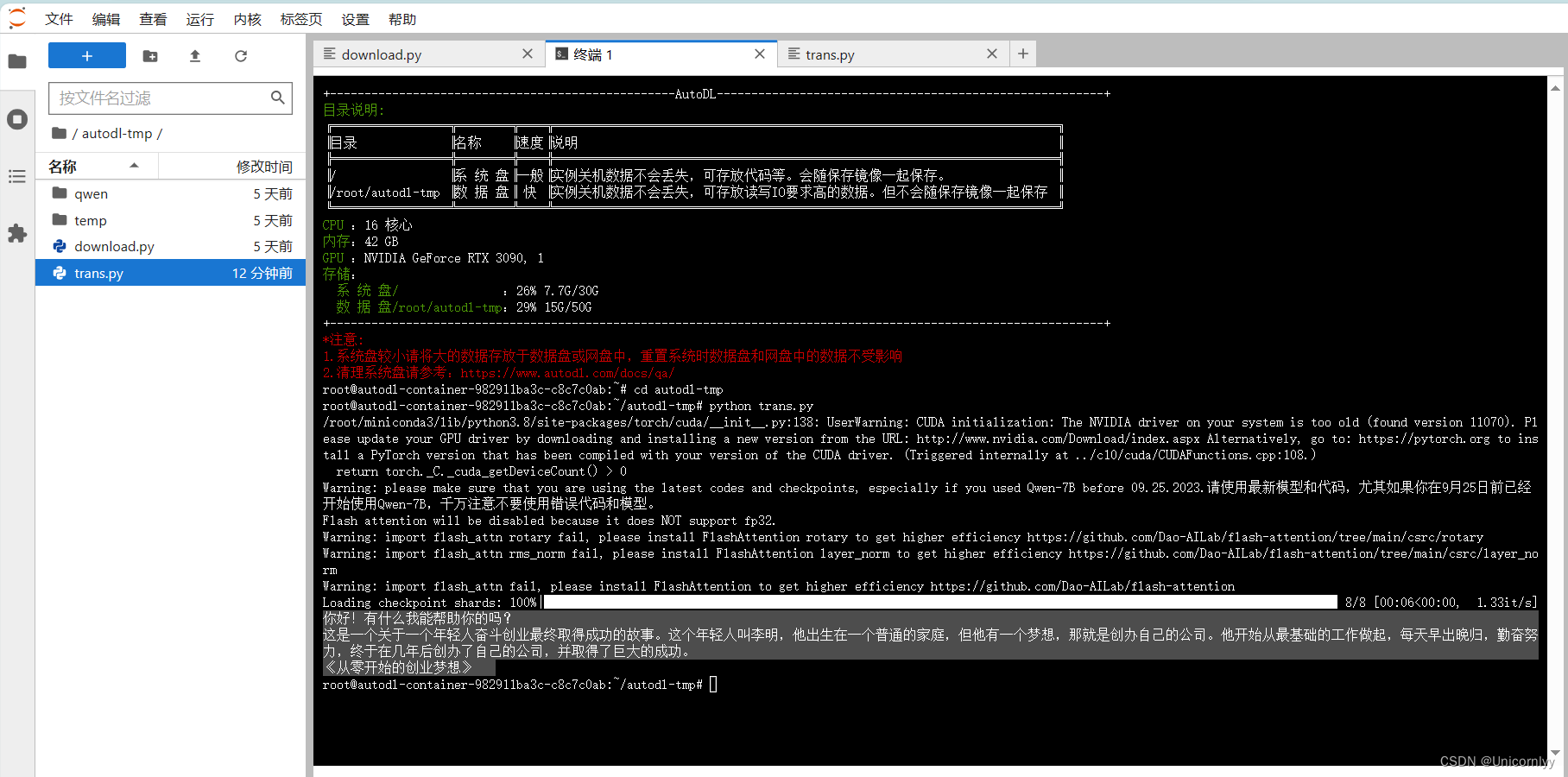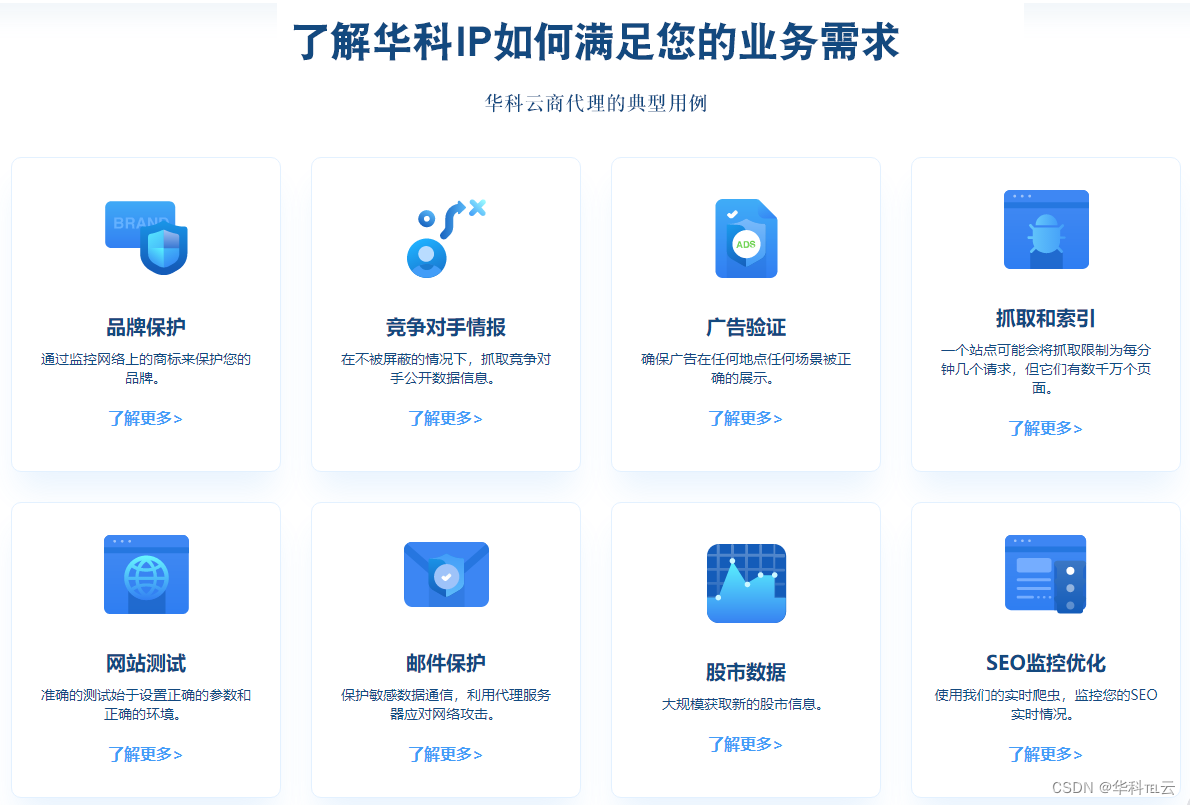
1. 首先,我们需要导入MechanicalSoup库和requests库,这两个库都是Python中爬虫常用的库。
2. 接着,我们要设置一个代理服务器,使用proxy_host和proxy_port参数来指定。
3. 使用requests.get方法来获取网页的HTML代码。
4. 使用BeautifulSoup库来解析HTML代码,获取到网页中的所有图片链接。
5. 使用for循环遍历所有的图片链接,然后分别使用requests.get方法来获取这些图片的二进制数据。
6. 最后,我们将这些图片的二进制数据保存到本地文件中。
```python
import requests
from bs4 import BeautifulSoup
import MechanicalSoup
#
proxy = {'http': 'http://' + proxy_host + ':' + str(proxy_port),
'https': 'http://' + proxy_host + ':' + str(proxy_port)}
# 使用requests.get方法获取网页的HTML代码
response = requests.get('', proxies=proxy)
# 使用BeautifulSoup库解析HTML代码,获取到网页中的所有图片链接
soup = BeautifulSoup(response.text, 'html.parser')
img_links = [img['src'] for img in soup.find_all('img', src=True)]
# 使用for循环遍历所有的图片链接,然后分别使用requests.get方法来获取这些图片的二进制数据
for img_link in img_links:
# 获取图片的二进制数据
response = requests.get(img_link, proxies=proxy)
# 将图片的二进制数据保存到本地文件中
with open(img_link.split('/')[-1], 'wb') as f:
f.write(response.content)
```
以上就是我写的爬虫程序,希望对你有所帮助。如果有什么问题,欢迎随时向我提问。







